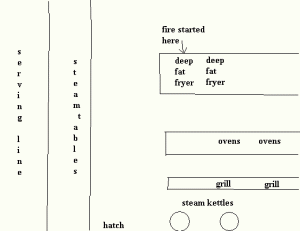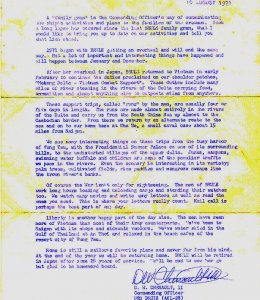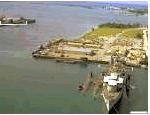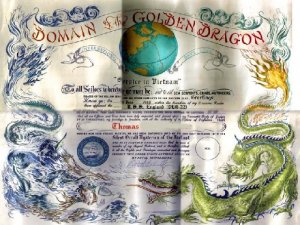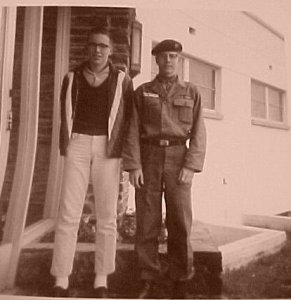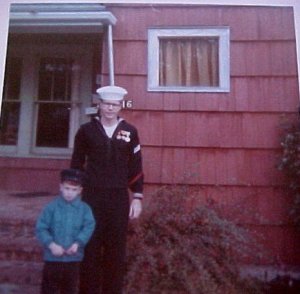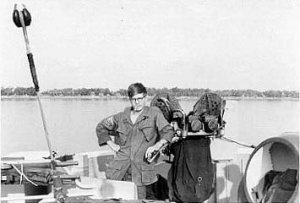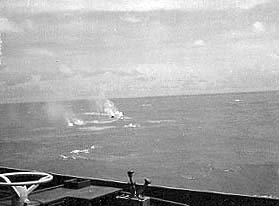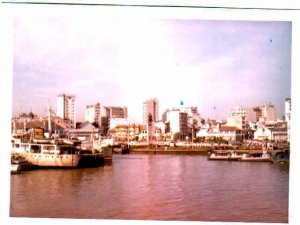Deucemoi
Member
Many baby boomers had older relatives that served in some
branch of the military. I was no exception and I started my
journey at age seventeen and a half when my father signed for
me and I joined the National Guard while a senior in high school.
This unit was Company C detachment B2 of the 19th special
forces. Often referred to as 'sneaky pete's'
Weekend drill periods included physical training, classroom
as well as field exercises.
One weekend we had divided into two groups for a weekend
of outdoor training exercises which included ambushing a convoy.
One of the men who was in the opposing team had come to the
drill with his hand bandaged with the excuse he had been burned
but did not want to miss the drill.
The team I was on went out first to set up the ambush along
an old dirt road in the country. Waiting in the dark, cold and windy
night for the convoy I envisioned how the event would take place.
Storm the convoy, guns blazing(blank ammo) yelling, oh what fun.
We did assualt the convoy and took the forces prisoner which
were taken back to the armory and our 'commander' for interrogation.
While being questioned the man with the bandaged hand fired a
pistol he had previously secreted thus killing our commander.
Lesson learned: take nothing for granted, check everything.
Since this type of force usually operates behind enemy lines in
gorilla combat situations I learned many things that would NOT
be taught in my subsequent years in the Navy.
branch of the military. I was no exception and I started my
journey at age seventeen and a half when my father signed for
me and I joined the National Guard while a senior in high school.
This unit was Company C detachment B2 of the 19th special
forces. Often referred to as 'sneaky pete's'
Weekend drill periods included physical training, classroom
as well as field exercises.
One weekend we had divided into two groups for a weekend
of outdoor training exercises which included ambushing a convoy.
One of the men who was in the opposing team had come to the
drill with his hand bandaged with the excuse he had been burned
but did not want to miss the drill.
The team I was on went out first to set up the ambush along
an old dirt road in the country. Waiting in the dark, cold and windy
night for the convoy I envisioned how the event would take place.
Storm the convoy, guns blazing(blank ammo) yelling, oh what fun.
We did assualt the convoy and took the forces prisoner which
were taken back to the armory and our 'commander' for interrogation.
While being questioned the man with the bandaged hand fired a
pistol he had previously secreted thus killing our commander.
Lesson learned: take nothing for granted, check everything.
Since this type of force usually operates behind enemy lines in
gorilla combat situations I learned many things that would NOT
be taught in my subsequent years in the Navy.


